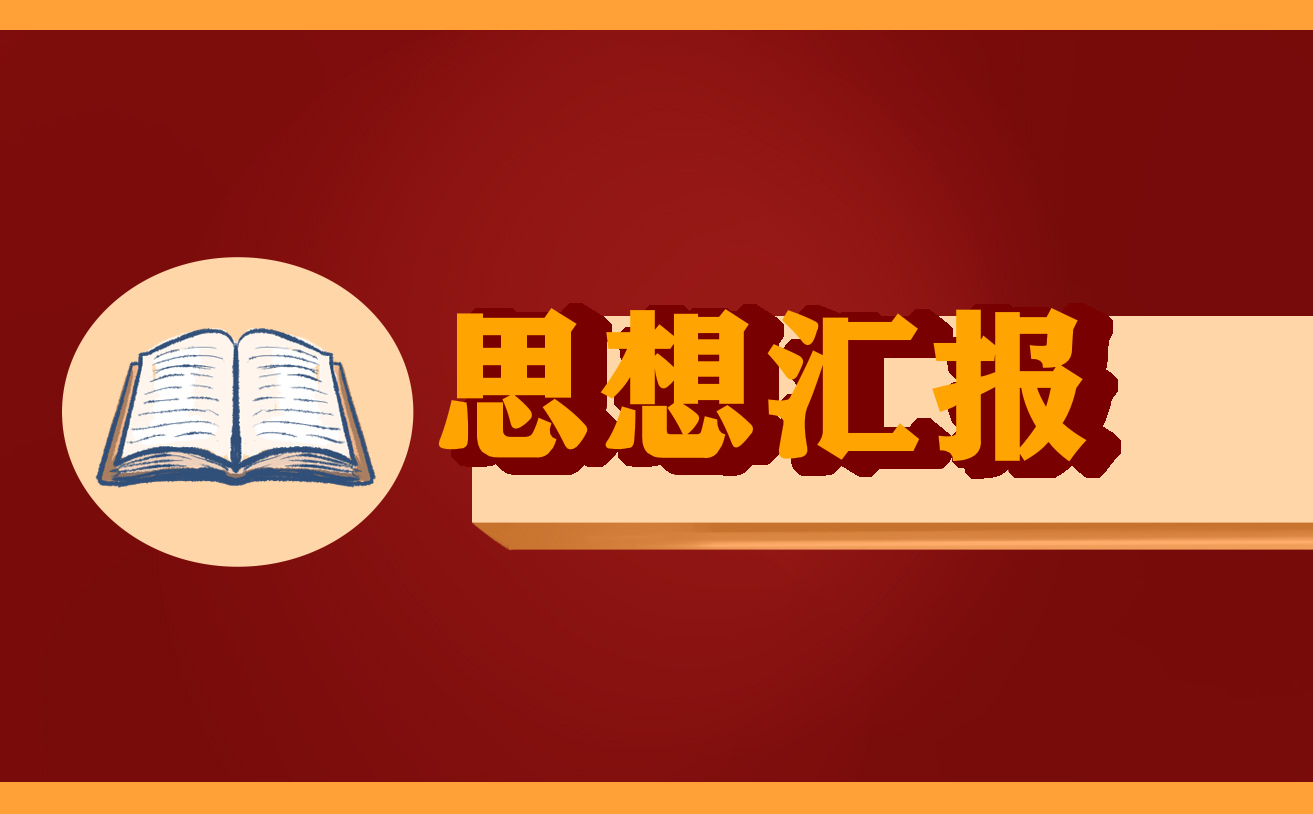 对照试验(Randomized Controlled Trials,RCTs)。检索中国知网(CNKI)、中国科技期刊数据库(VIP)、万方学位及会议论文数据库、中国生物医学文献数据库(SinoMed)、PubMed、Cochrane图书馆等数据库,检索截止到2018年1月1日,由两名研究者单独进行文献筛选和提取资料,并参照Cochrane系统综述手册进行方法学质量评价。应用RevMan 5.3软件进行数据分析,二分类变量数据结果使用相对危险度(RR)分析,连续性变量数据结果采用均值差(MD)表示,均为95%置信区间。基于TSAv0.9软件进行试验序贯分析(Trial Sequential Analysis,TSA)估算Meta分析所需的样本量。共纳入17个RCTs,涉及患儿1 468例,男女比例为1.31∶1,平均年龄1.41岁,平均病程1.94 d。结果:推拿治疗在3 d后、5 d后和7 d后的推拿组腹泻的总有效率和总痊愈率均高于蒙脱石散、益生菌及常规口服补液等治疗,分别为(RR1.19,95% CI 1.15,1.24,n=17,I2=8%)和(RR1.55,95%CI 1.42,1.70,n=17);推拿组3 d后痊愈率更高(RR 1.49,95%CI 1.35,1.63,n=14),与蒙脱石散比较,推拿组治疗痊愈时间短于对照组(h)(MD-9.15 h,95% CI-14.57,-3.73,n=2)。TSA分析表明推拿与常规治疗比较痊愈率的差异有统计学意义(P<0.05),结果较为可靠。纳入文献整体质量偏低,倒漏斗图显示可能存在发表偏倚。结论:推拿治疗小儿轮状病毒性腹泻在痊愈率方面优于常规治疗,可缩短腹泻时间。然而,受研究质量的影响,尚需要严格设计的临床试验加以证实。
对照试验(Randomized Controlled Trials,RCTs)。检索中国知网(CNKI)、中国科技期刊数据库(VIP)、万方学位及会议论文数据库、中国生物医学文献数据库(SinoMed)、PubMed、Cochrane图书馆等数据库,检索截止到2018年1月1日,由两名研究者单独进行文献筛选和提取资料,并参照Cochrane系统综述手册进行方法学质量评价。应用RevMan 5.3软件进行数据分析,二分类变量数据结果使用相对危险度(RR)分析,连续性变量数据结果采用均值差(MD)表示,均为95%置信区间。基于TSAv0.9软件进行试验序贯分析(Trial Sequential Analysis,TSA)估算Meta分析所需的样本量。共纳入17个RCTs,涉及患儿1 468例,男女比例为1.31∶1,平均年龄1.41岁,平均病程1.94 d。结果:推拿治疗在3 d后、5 d后和7 d后的推拿组腹泻的总有效率和总痊愈率均高于蒙脱石散、益生菌及常规口服补液等治疗,分别为(RR1.19,95% CI 1.15,1.24,n=17,I2=8%)和(RR1.55,95%CI 1.42,1.70,n=17);推拿组3 d后痊愈率更高(RR 1.49,95%CI 1.35,1.63,n=14),与蒙脱石散比较,推拿组治疗痊愈时间短于对照组(h)(MD-9.15 h,95% CI-14.57,-3.73,n=2)。TSA分析表明推拿与常规治疗比较痊愈率的差异有统计学意义(P<0.05),结果较为可靠。纳入文献整体质量偏低,倒漏斗图显示可能存在发表偏倚。结论:推拿治疗小儿轮状病毒性腹泻在痊愈率方面优于常规治疗,可缩短腹泻时间。然而,受研究质量的影响,尚需要严格设计的临床试验加以证实。
关键词 推拿;轮状病毒性腹泻;轮状病毒肠炎;随机对照试验;Meta分析;试验序贯分析
Tuina for Rotavirus Diarrhea in Children:A Systematic Review and Meta-analysis of Randomized Clinical Trials
Lai Baoyong1, Jia Liyan1, Yang Lihui 2, Yan Yuqian1, Wang Ying1, Liu Jianping1
(1 Beijing University of Chinese Medicine, Beijing 100029, China; 2 Dongfang Hospital Affiliated to Beijing University of Chinese Medicine, Beijing 100078, China)
Abstract Objective:To evaluate the clinical efficacy and safety of tuina of Traditional Chinese Medicine (TCM) for rotavirus diarrhea in children and provide evidence for clinical application. Methods:Randomized controlled trials (RCTs) of the treatment for rotavirus diarrhea in children by tuina were selected. Six databases (CNKI, Wan Fang, VIP, Sino Med, the Cochrane Library and PubMed) were searched from their inception to January 1st, 2018. Two authors selected and extracted data separately and made evaluations of methodological quality according to the criteria from The Cochrane Handbook for Systematic Reviews of Interventions. RevMan5.3 was used for data analyses. Relative risk (RR) was used to analyze the results of binary variable data, and mean difference (MD) was used to represent the results of continuous variable data, which were in 95% confidence intervals. Trial sequential analysis (TSA) was used to estimate the sample size of systematic review based on TSAv0.9. And there were 17 RCTs included, involving 1468 patients with an average age of 1.41 years old; the ratio of male to female was 1.31:1; and the average course of diarrhea was 1.94 days. Results:The total effective rate and total recovery rate of tuina group after 3 days, 5 days and 7 days were higher than those receiving treatment of montmorillonite powder, probiotics and routine oral rehydration. The results were (RR1.19,95% CI 1.15,1.24,n=17,I2=8%) and (RR=1.55, 95%CI,1.42 to 1.70,n=17) respectively. Compared with those receiving montmorillonite powder, the healing time of tuina group was shorter (MD=-9.15 h, 95% CI,-14.57 to-3.73, n=2,). The results of (Trial Sequential Analysis, TSA) for cure rate demonstrated that the difference between the tuina group and the control group was statistically significant (P<0.05). The overall quality of the literature included being low, inverted funnel diagram showed possible publication bias. Conclusion:Compared with conventional treatment for rotavirus diarrhea in children, tuina has better effects of improving the cure rate and may reduce the duration of diarrhea. However, due to the quality of include trials, more rigorously-designed and high-quality RCTs are needed to confirm the effects of tuina.



